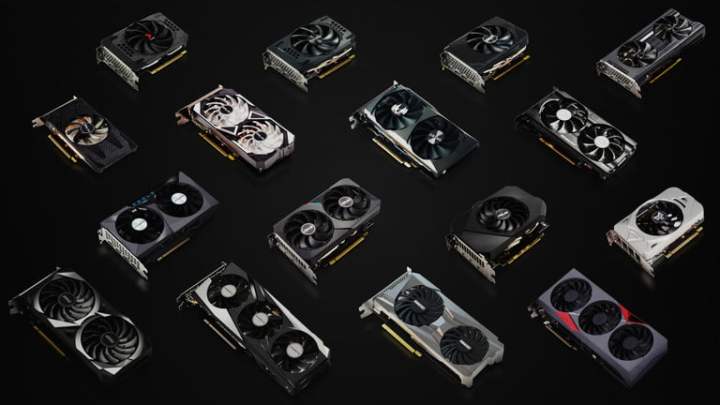Nvidia’s upcoming budget-friendly graphics card, the GeForce RTX 3050, is launching this week on January 27. With just days left until the card hits the shelves, the first benchmarks are starting to pour in, giving us insight into how well the card may perform.
So far, it’s good news all around: Nvidia RTX 3050 outperforms AMD’s latest budget card, the Radeon RX 6500 XT, by a large margin. To top it all off, the card may be of no use to cryptocurrency miners.

No one expects out-of-this-world performance from this entry-level GPU, but it does manage to look good in its first 3DMark TimeSpy test. VideoCardz shared the results of the 3DMark test where the RTX 3050 achieved a score of 6,865 points in a regular test and 3,128 in the Extreme test.
These results mean that Nvidia’s RTX 3050 may be significantly better than AMD’s latest GPU, the Radeon RX 6500 XT. In 3DMark Time Spy, the RTX 3050 proved to be up to 24% faster than its AMD counterpart. However, in a Fire Strike test, it was just a little bit faster than the RX 6500 XT. Comparing it to Nvidia’s family of cards shows performance on par with the GeForce GTX 1660 Ti, but the RTX 3050 has the advantage of supporting ray tracing and DLSS.
While the RTX 3050 looks great when compared to the less-than-amazing RX 6500 XT, it doesn’t quite match up to its closest Nvidia sibling, the RTX 3060. The older card has proven to be up to 46% faster in a 3DMark Time Spy Extreme test, and up to 30% faster in Fire Strike. The RTX 3060 destroys the newer card, which is not unexpected when you consider the specifications of these GPUs.
Although both of these cards are based on the same GA106 GPU, Nvidia’s RTX 3050 is considerably weaker. It has just 2,560 CUDA cores compared to the 3,584 of the RTX 3060, and a 60% lower memory bandwidth (224GB/s compared to 360GB/s.) However, it certainly fills a gap in the market caused by the ongoing GPU shortage. Besides, it’s hard to deny that it seems to be doing a much better job than the AMD card that recently disappointed many reviewers and was reportedly meant to be a laptop GPU.

The RTX 3050 has another perk to it: It seems to be useless to cryptocurrency miners. Unlike other Nvidia cards, this might mean that actual gamers will be able to get their hands on this GPU before it’s snatched up by mining operations.
VideoCardz was able to receive exclusive screenshots from people who tried to use the card for mining in China. Thanks to the Lite Hash Rate (LHR) algorithm that is in place on the RTX 3050, the hash rate drops immediately after the mining process begins. The drop is major: The card goes down from around 20MH/s to around 12.5MH/s to 13.66MH/s within seconds. With hash rates this low, the card could take almost two years to even pay for itself, let alone make a profit.
We know that Nvidia’s suggested retail price for the RTX 3050 is $250. Unfortunately, given the state of the market, it will be tough to score it at MSRP. Nvidia’s board partners are also likely going to charge a premium for their own versions of the card, although there is no telling how high these prices could go.

Today, we were given our first hint of the potential pricing of the RTX 3050. As spotted by XanxoGaming, a Peruvian retailer has announced that it will be selling a bundle that includes the Palit RTX 3050 Dual OC graphics card and 8GB of Geil Orion DDR4-3200 RAM. The bundle is priced at $506, and a large chunk of that goes to the card: Around $450.
While interesting, the pricing of the bundle may not mean much for cards released on the U.S. market. We already knew that custom RTX 3050 GPUs will cost more, and unfortunately, the prices in the U.S. are likely to be even higher than those in Peru. On the other hand, the Palit GPU costs almost twice as much as Nvidia’s MSRP, which is a massive price hike. Only time will tell how much the custom cards will cost once they are officially released.




